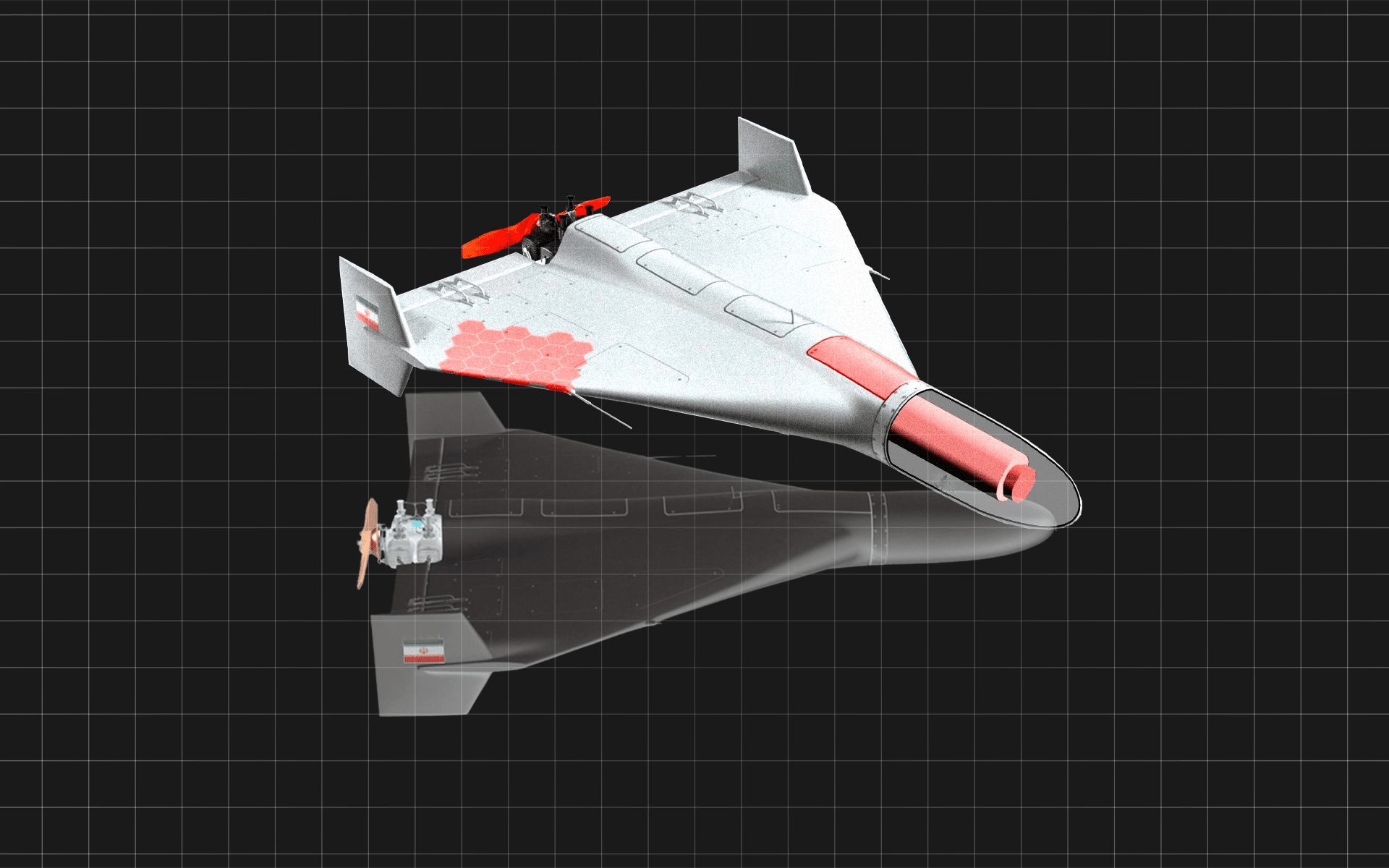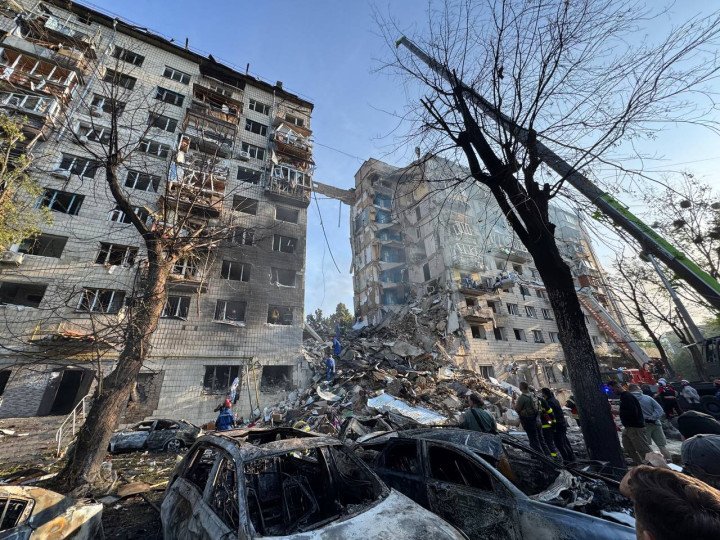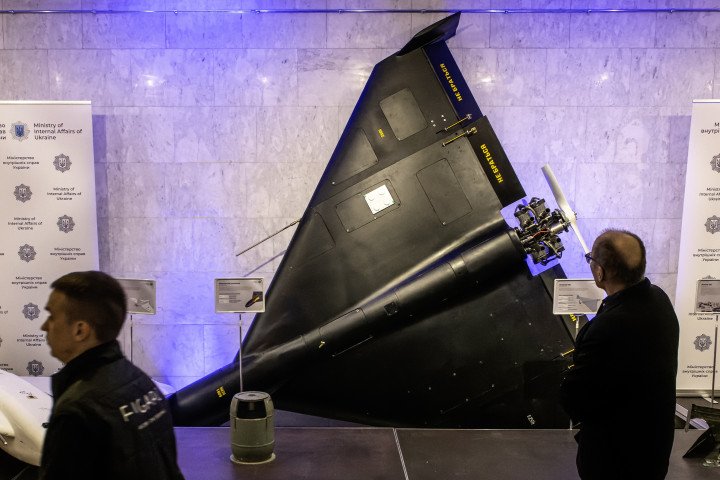- Category
- Opinion
Why Striking the Yelabuga and Isfahan Plants Is Just the Start in Crippling the Russia-Iran Drone Empire

Strikes on drone factories alone won’t stop the Russia-Iran war machine. What global strategy can?
June saw two pivotal events that revealed the vulnerabilities in the Russia-Iran joint drone production network. On June 12–13, Israel struck a Shahed drone factory in Isfahan, Iran. Just days later, on June 15, Ukraine’s Armed Forces targeted a facility in the city of Yelabuga, Tatarstan, where the Russian “Albatross” plant was serially manufacturing drones based on Iranian technology.
While Israel’s strike was part of a broader operation against Iran—“Rising Lion”—Ukraine’s attack on the Albatross plant came in response to the unprecedented intensity of suicide drone assaults against Ukraine. In recent weeks, Russia has escalated its aerial terror, launching 479 drones and missiles in a single night. These attacks have become not only more frequent and massive, but also more concentrated. The past four weeks saw seven of the largest drone attacks since the full-scale invasion began. Russia’s plans for monthly production of long-range drones has surged to 5,000 units.
The Yelabuga plant, located in the Alabuga Special Economic Zone, began operations in July 2023 to localize the production of Iranian Shahed-136 and Shahed-131 drones (known in Russia as Geran-2 and Geran-1). By April 2024, the plant had produced approximately 4,500 drones, with an annual production capacity of 6,000 units. Its output includes not only strike drones like the Shahed series but also reconnaissance UAVs such as the Albatross M5, which are also based on foreign technologies.

Inside Russia-Iran drone alliance
Open-source data indicate that the plant operates under a strategic defense cooperation framework between Russia and Iran. In May 2025, Iran’s parliament ratified a 20-year strategic agreement with Russia, originally signed on January 17. The agreement calls for deep defense collaboration, including joint drills, arms transfers, and cooperative projects in air defense, UAVs, and space programs. However, well before this deal, Moscow and Tehran had long-standing intersecting interests.
A joint analytical report by NAKO, ICUV, and ANTC titled Schemes. Routes. Actors: Ukrainian Experience in Countering Axis of Evil’s Networks for Common European Security reveals that Russia and Iran began aligning against the West as early as 2001, when they signed their first post-1979 Islamic Revolution agreement—“The Treaty on the Basis of Mutual Relations and Principles of Cooperation between Iran and Russia.” That 20-year strategic treaty was renewed in 2021 for another decade, strengthening partnerships in economics, energy, transport, politics, and security.
But their cooperation reached unprecedented levels after Russia’s full-scale invasion of Ukraine in 2022, reshaping the security architecture in both the Middle East and Europe. Key areas of collaboration include gas pipeline construction, liquefied natural gas (LNG) projects, priority Russian access to oil and gas exploration in the Iranian Caspian sector, and scientific and technical cooperation.
One example of this cooperation is Sahara Thunder (ST), an Iranian company central to the development, production, and sale of drones to the Russian government under a $1.75 billion contract. In November 2022, Russian officials visited Iran to negotiate the supply of 6,000 drones and the setup of a facility in Yelabuga capable of producing 10,000 drones annually. This deal involved a payment of at least $128 million in gold, facilitated by an intermediary in the UAE—Generation Trading FZE, which reportedly makes payments on behalf of the Russian government.

As of now, Iran is supplying Russia with:
Shahed-131/136 drones
Short-range ballistic missiles
Artillery munitions
Components and technologies for domestic UAV production in Russia
In return, Russia is providing Iran with:
Su-35, Mi-28, and Yak-130 aircraft
Radar and navigation equipment
Launches for Iranian satellites
Consulting support for air defense and space program development
Why strikes alone won’t stop Russia-Iran drone pipeline
Dismantling—or at the very least, constraining—this technological partnership requires more than physical strikes on production facilities. A multifaceted approach is necessary:
Sanctions: Targeted sanctions must be imposed on all Iranian defense enterprises and their proxies in third countries supplying components to Russia.
Export controls: It is critical to restrict Iran and Russia’s access to Western dual-use technologies, such as electronics, lasers, composites, aviation engines, chips, and navigation systems.
Intelligence and exposure: An international intelligence effort is needed to monitor production and logistics chains, joint developments, and to publicly disclose data on contracts, transportation, and technology transfers.
Legal action: Companies and individuals involved in supplying critical technologies or facilitating production must face international prosecution for aiding aggression.
Geopolitical response: Western nations must acknowledge that Iran is not only a Middle Eastern threat but also an active partner in Russia’s war against Ukraine. Policy toward Tehran must include limiting its technological advancement and influence in Eurasia.
The recent strikes serve as a signal: joint drone production can and must be disrupted. But without a coordinated international response, this conveyor of terror will continue to restart—again and again.


-c42261175cd1ec4a358bec039722d44f.jpg)
-46f6afa2f66d31ff3df8ea1a8f5524ec.jpg)

-7e242083f5785997129e0d20886add10.jpg)
-cc5860059e044295cd5738becdb4e387.png)

-e27d4d52004c96227e0695fe084d81c6.jpg)
